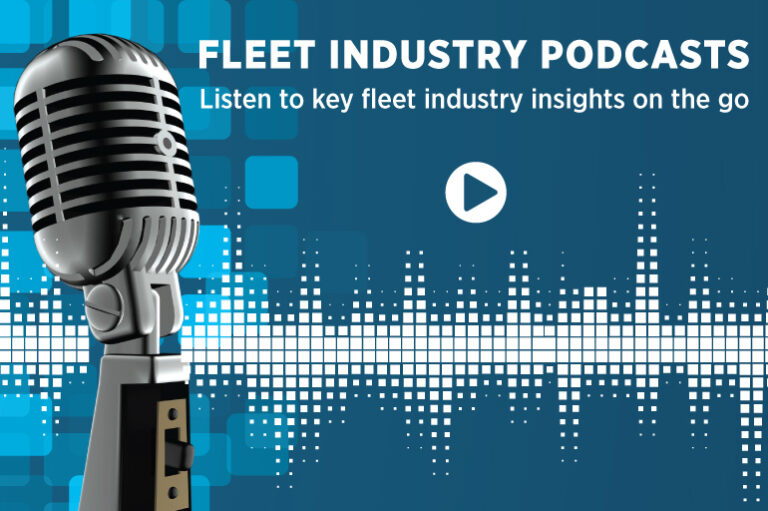Fleet management group EROAD’s business development manager Chris Emerson talks on this Fleet News Group podcast about increasing pressure on fleets to meet sustainability targets, the future of road funding and what is top of mind for fleet managers in 2023.
“We know that a lot of very large organisations and government organisations are definitely feeling the pressure of the 2030 targets to get their fleets as sustainable as possible, to reduce emissions as much as possible,” said Emerson.
Emerson was referring to United Nations’ so-called Paris agreement to cut greenhouse emissions by 45 percent by 2030, compared with 2010 levels, in a quest to limit global warming, and climate change.
He talks about EROAD’s technology which helps fleets measure and manage their emissions, and identify vehicles that can be cut, or swapped to electric vehicles.
EROAD was founded in 2000 in New Zealand to help collect road user charges. In NZ, trucks and diesel-powered vehicles pay RUC to fund roads, and EROAD developed the electronic devices which collect about 80 percent of the RUC in the country.
In Australia, where fuel excise is a major contributor to road funding, the question begging is how roads will be funded in future as more organisations aim for sustainable practices and adopt electric vehicles to reduce emissions.
“What’s going to drive the expansion of road-user-charge type systems will be the transition to EV,” said Emerson.
“With this transition to electric, fewer of us are going to be paying that excise on fuel, but the roads are still going to need to be maintained and there’s a cost with that.
“So the government will need to find another way to stitch together those funds,” said Emerson. “It’s quite likely that a road-user charging system would be implemented to support that.”
Victoria state has already introduced a road user charge for electric vehicles.
Meanwhile, Emerson said fleets big and small are scouring their processes to find savings amid high fuel costs and the highest rates of inflation in decades.
“They really need to find those little nuggets of savings that they can from their fleet,” he said, adding that imperative to cut costs was driving fleets to adopt fleet management and telematics technology like that offered by EROAD.
EROAD’s technology, which comprises cameras and on-board coaching, can be used to measure and modify driver behaviour — including harsh braking and excessive idling — to cut costs, reduce emissions and improve safety.
“There is a lot going on and a lot of concerns for the fleets out there,” said Emerson, talking about a shortage of drivers in Australia. “Many fleets are screaming out for drivers and in some cases struggling to find enough driver.” He said the difficultly in finding new drivers meant organisations are focussing more on how to retain their drivers, and also how to keep them safe.






